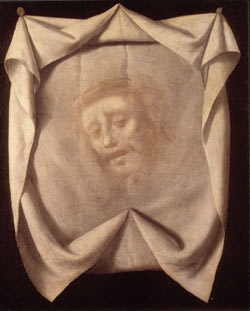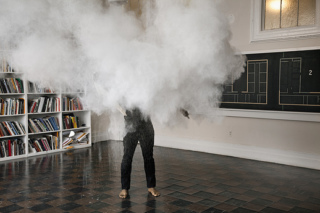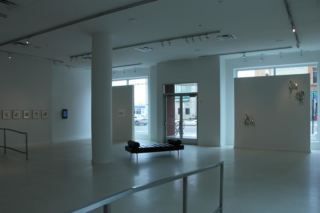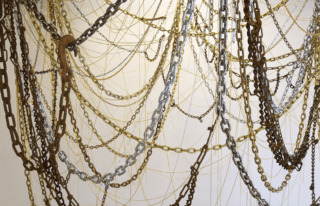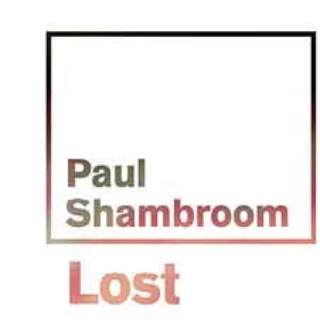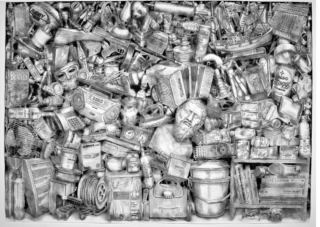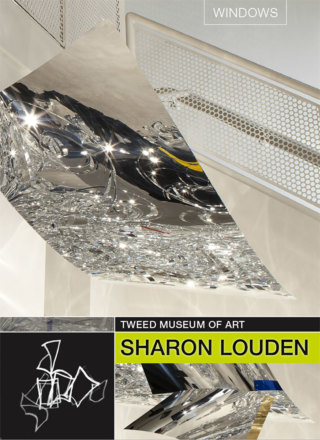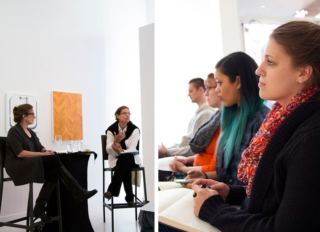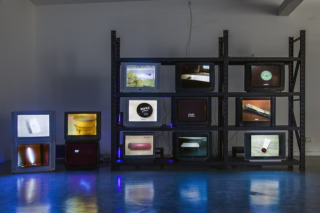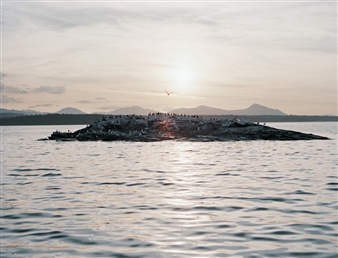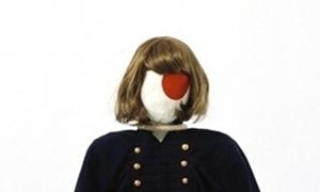No to the Invasion: Breakdowns and Side Effects
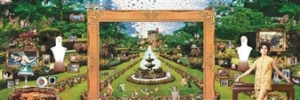
Minnesota, Annandale, 06/24/2017 - 10/29/2017
Bard College P.O. Box 5000
The Center for Curatorial Studies, Bard College will present No to the Invasion: Breakdowns and Side Effects, an exhibition of works drawn from the collection of the Barjeel Art Foundation, a collecting philanthropic institution based in the United Arab Emirates. The exhibition, featuring works dating from 1990 to 2016, conjures various histories intersecting a shared geo-political space: The Arabic-speaking world—a geographic region that includes the twenty-two countries of the Arab League and whose contemporary coordinates lay between Mauritania, North Africa, and West Asia. To begin in 1990 is to recall a socio-political landscape characterized by shifting regimes of power following Pan-Arabism, the Cold War, the Kuwait War, and the end of the Lebanese Civil War. Today, while battles in Syria and Iraq continue to rage and people are increasingly displaced, radicalism and neoliberal capitalism thrive. The rumblings of these social, political, and economic histories provide a framework for critical engagement with the exhibited works.
The title of the show was borrowed from a 1990 linocut print of the same name produced by the Kuwaiti artist Thuraya Al-Baqsami three days after the start of the Iraq-Kuwait war and intended as a resistance poster against the invasion. In the print, which will be on view, the phrase ‘no to the invasion’ appears in Arabic below two figures pictured lamenting the aggression. The works in this exhibition propose an expanded meaning of the term invasion, one that goes beyond connotations of incursion, trespassing, and violation to include a sudden surge or confrontation. Here, the phrase ‘no to the invasion’ might be a refusal of irruptions by the media, global capital, or regional magnates on one’s space, mind, or body. In particular, the works articulate the body as it is subjected to various conditions of surveillance, representation, and disaster. In such works as Akram Zaatari’s Her + Him, (2001-2011) documentation of a personal encounter offers a critical examination of photographic portraiture and its language. In Ala Younis’s Plan for Greater Baghdad (2015), archival research materials and an imagined urban plan reinforce the notion that architecture is an expression of power, one that acts upon the body. These projects—which range from research-based and experimental documentary to engagements with abstraction and conceptualism—tell us something about the limits of representation, the production of histories, and the transformation of landscapes.
No to the Invasion: From the Archive, organized in collaboration with scholar Tarek El-Ariss and displayed in the CCS Teaching Gallery, presents a constellation of documents, audiotapes, magazines, novels, television footage, and an online database. From the Archive considers the ways in which the body is always a site of sedimentation and collapse, registering experience and telling stories that require deciphering and translation. In so many ways, history and politics, technological development and social change inscribe themselves there. We might think of the archive in relation to Jacques Derrida’s formulation of it, as a shelter for history that also shelters itself from it. Here, the archive is a space sheltered from the onslaught of war, invasion, and conflict. Indeed, the archive reflects the very histories, politics, and technologies that mark the body. To enter the archive, to write and exhibit from its shelter, is to take a flashlight into the dark. It is to unearth a history of wounds, war traumas, and modes of embodiment. It is from the archive as shelter that a dialogue might be initiated between history and art, between philosophical reflection and the visual. The archive must be excavated in order to discover who survived the bombing, what wounds they incurred, and what new creatures emerged from the subterranean level that inhabits the unconscious and that the unconscious inhabits. A new iteration of the ongoing project The Revolution is a Mirror, Excavating the Sky and Current Power in Syria by the collective Sigil will also be on view.
The dialogue between exhibition and archive encourages viewers to visualize the rich and diverse narratives that unfold through these artists’ perspectives. The presented works parse the many intersecting influences of power that act on bodies, land, and production, exposing the effects and absurdities of hyper-modernization and addressing issues of migration. In this way, they prompt a reconsideration of official histories while they shed light on the marginalized. “No to the Invasion” aims to both connect various fragments of social, cultural, and political histories and emphasize their incommensurabilities.
For More Information
